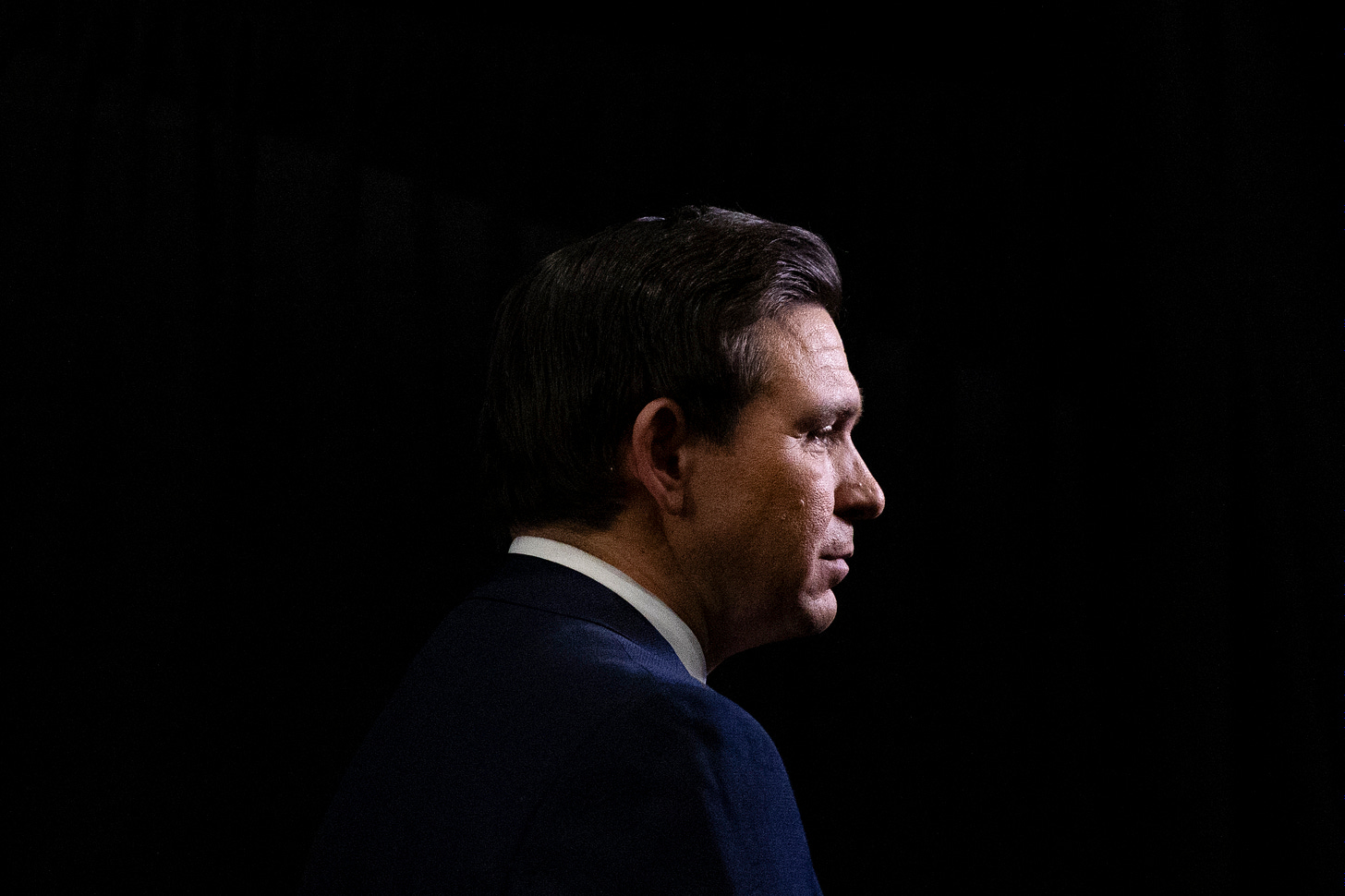
It will take weeks – maybe years – to deal with all the consequences of last night. But I want to start from the biggest, most immediate problem:
At the federal level, there will be no center of power from which to organize resistance to Trumpism.
The White House will have no Mike Pences or John Kellys in it.
The Supreme Court will likely soon have a full majority — five justices — appointed by Trump. And that’s just the floor. He could get to six.
The Senate could be controlled by Republicans for the next decade.
It is still possible as of this writing that Democrats get a slim majority in the House and if so, that would be important. But at this point I wouldn’t bet cash on it.
What this completely unified and politicized control of the federal government will mean is that there will be no center of power around which opposition to Trump’s actions can be organized. And he also happens to have a newly minted criminal immunity lawsuit.
Also: There will be no national political figure around which resistance can rally. Joe Biden is in eclipse. Kamala Harris has been rejected by the public. There is no one to bind the opposition together, to gather a force around to create a popular movement to oppose Trumpism.
When looking at the national stage, Donald Trump stands utterly triumphant. Without resistance. Without a credible rival even on the distant horizon. His forces are gathering while the opposition is scattered and leaderless.
What this means is that the task of pushing back against Trump will fall to the state level. It will be up to some Democratic governor to turn his state into a site of opposition to Trumpism.
In this, their model should be Ron DeSantis.
